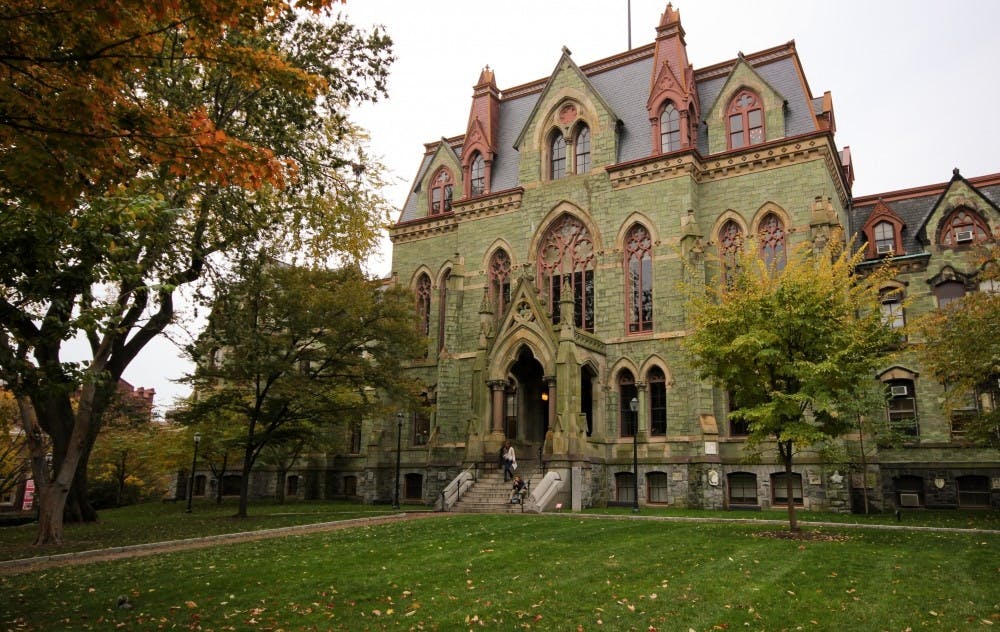
Penn’s endowment returned 17.5 percent over the last fiscal year, setting a historic high-water mark for the value of the endowment.
The value of Penn’s endowment increased to $9.6 billion at the end of fiscal year 2014 in June — around a $1.8 billion increase from the previous year — the University reported Thursday morning at a meeting of the Board of Trustees’ Budget and Finance Committee. This is the first year in Penn’s history that the endowment has climbed above $8 billion. Last year, the endowment was valued at $7.7 billion.
“[The endowment] is obviously enormously important for enabling us to move forward and do new things, and that’s a reason why the Making History campaign was important beyond the numbers you see — because it underpins our future as well,” Penn President Amy Gutmann said at the meeting.
Penn’s three-year average return is 10.9 percent, while the average return since fiscal year 2004 has been 8 percent.
Penn’s investment return is slightly lower than those of Dartmouth College and the Massachusetts Institute of Technology, which both posted returns of 19.2 percent for fiscal year 2014. Other peer universities, including the other Ivy League institutions, have not yet reported their endowment returns this year.
At the Board of Trustees meeting, Vice President for Finance and Treasurer Stephen Golding delivered a presentation summarizing the University’s finances since fiscal year 2004 — a decade ago and the year Gutmann took the helm at Penn.
Penn’s net assets grew from $5.4 billion in fiscal year 2004 to $13 billion in fiscal year 2014, and academic revenue increased from $1.8 billion in fiscal year 2004 to $2.7 billion in fiscal year 2014.
Golding compared Penn’s financial growth to that of a group of 21 peer universities, including Ivy League and top U.S. research universities. Between fiscal years 2004 and 2013 — the most recent data available from peer institutions — Penn’s endowment increased in value by 103 percent, while the peer group rose 65 percent, and Penn’s net assets grew by 92 percent, compared to the 51 percent growth of the peer group.
Additionally, Penn’s expendable resources-to-debt ratio rose 41 percent between fiscal year 2004 and fiscal year 2013, while the peer group average decreased 35 percent.
The Trustees also passed two resolutions, including one for a $16.5 million renovation to the Richards Building and the sixth floor of the Goddard Laboratories, and a $12 million initiative — funded by the Perelman School of Medicine — to renovate Stemmler Hall.
Andrew Heyer, a trustee and chair of the Budget and Finance Committee, said the fiscal report was good news for the University.
“The base operating system, the health system, development [and] investment performance all coming together in a very positive way is just an amazing accomplishment,” he said.
Chief Investment Officer Peter Ammon came to Penn at the beginning of fiscal year 2014. Ammon previously worked at Yale University under David Swensen , who is widely seen as a leading figure in managing university investments.
The Daily Pennsylvanian is an independent, student-run newspaper. Please consider making a donation to support the coverage that shapes the University. Your generosity ensures a future of strong journalism at Penn.
DonatePlease note All comments are eligible for publication in The Daily Pennsylvanian.








